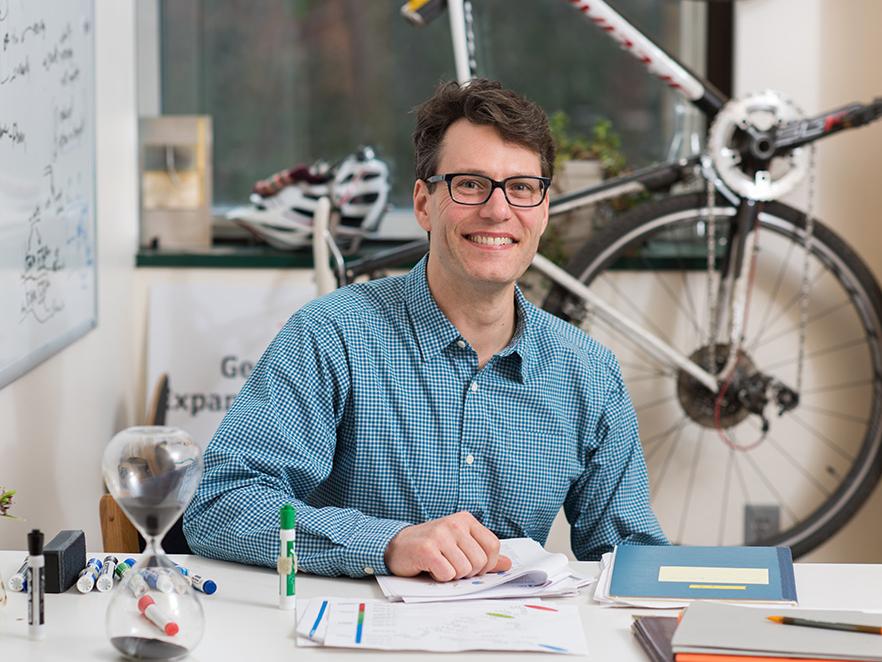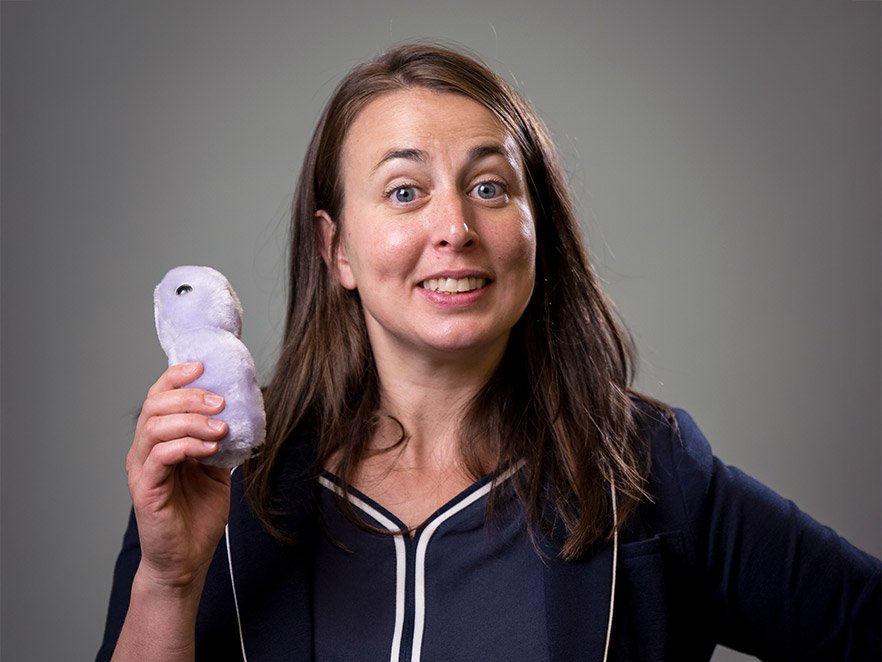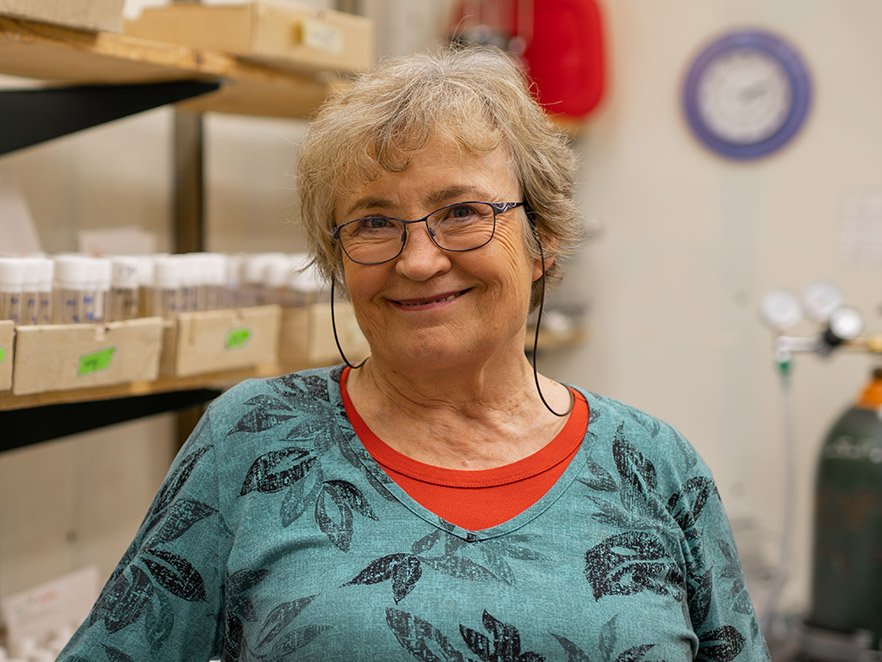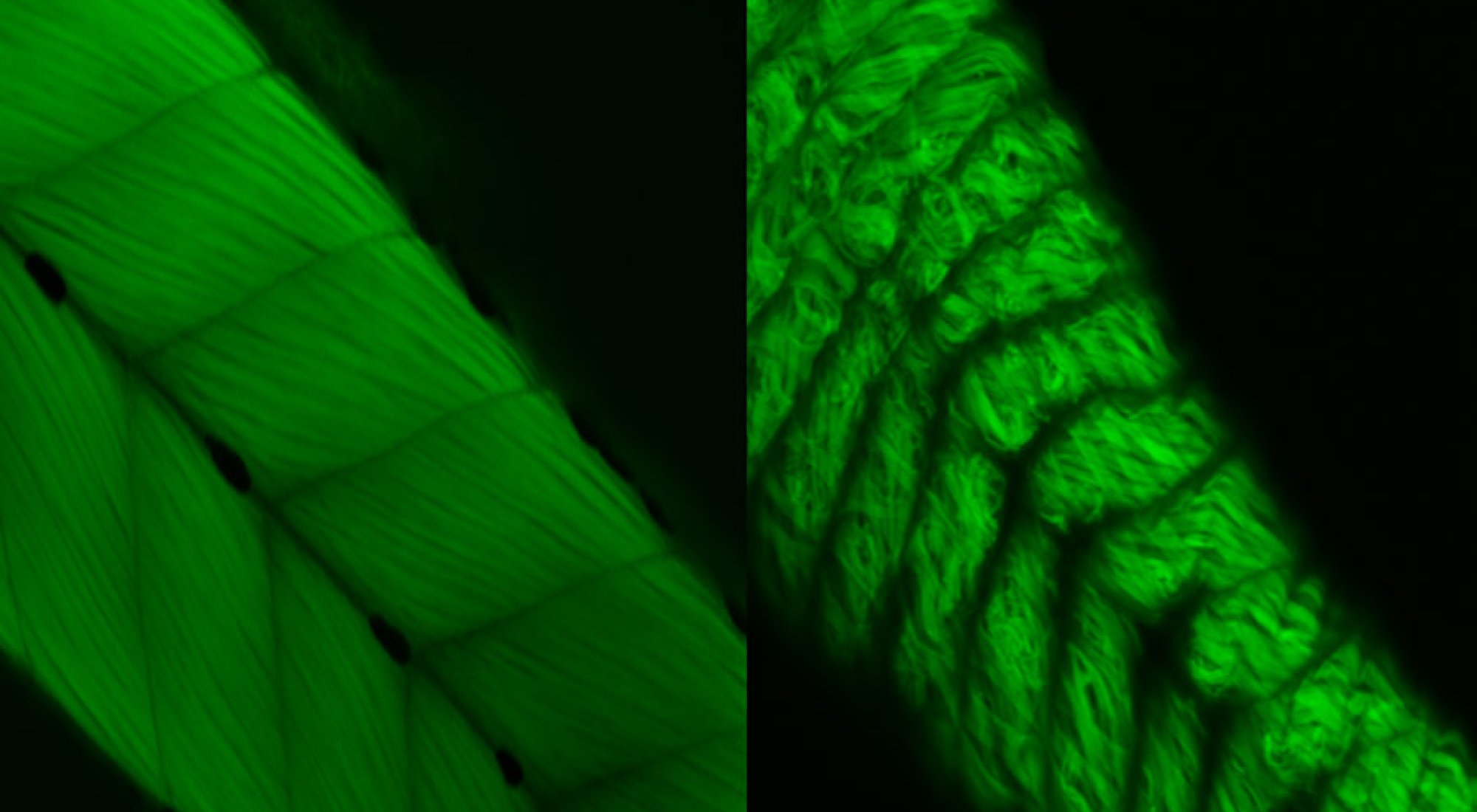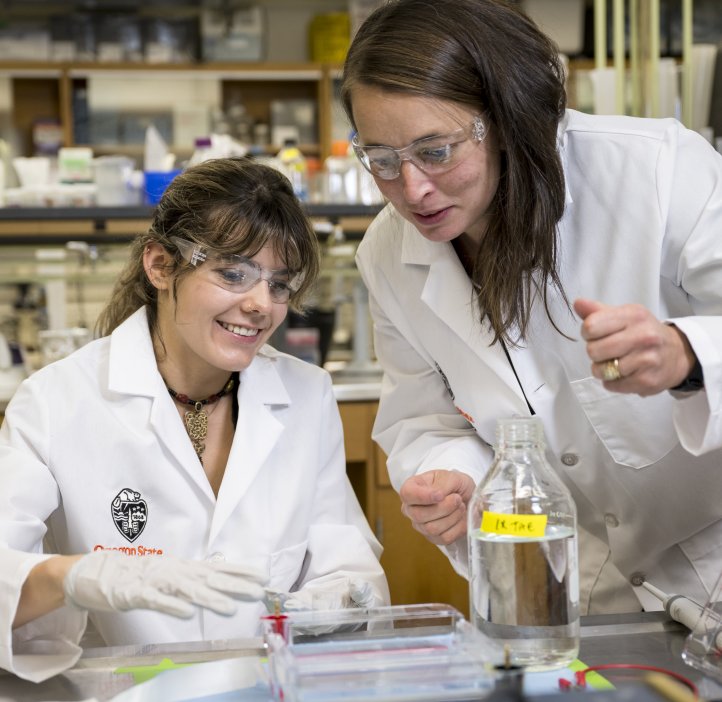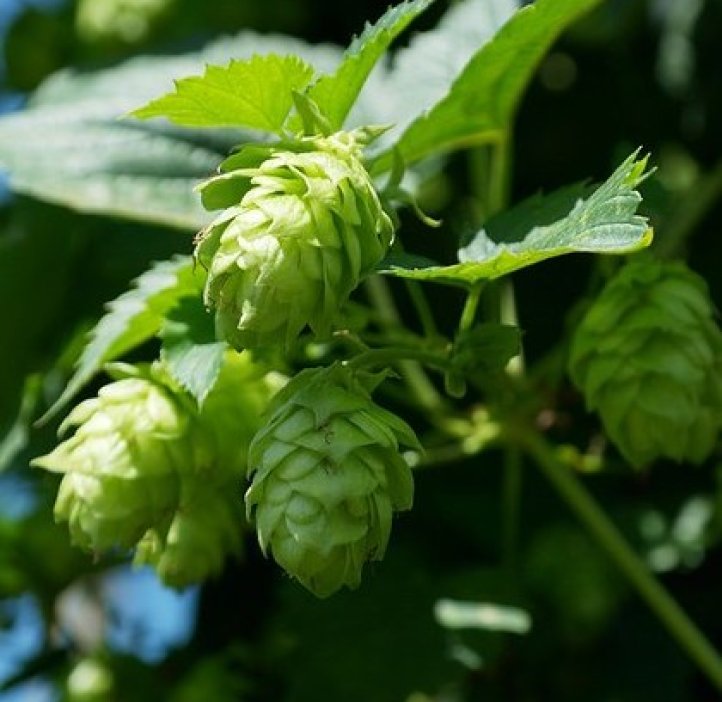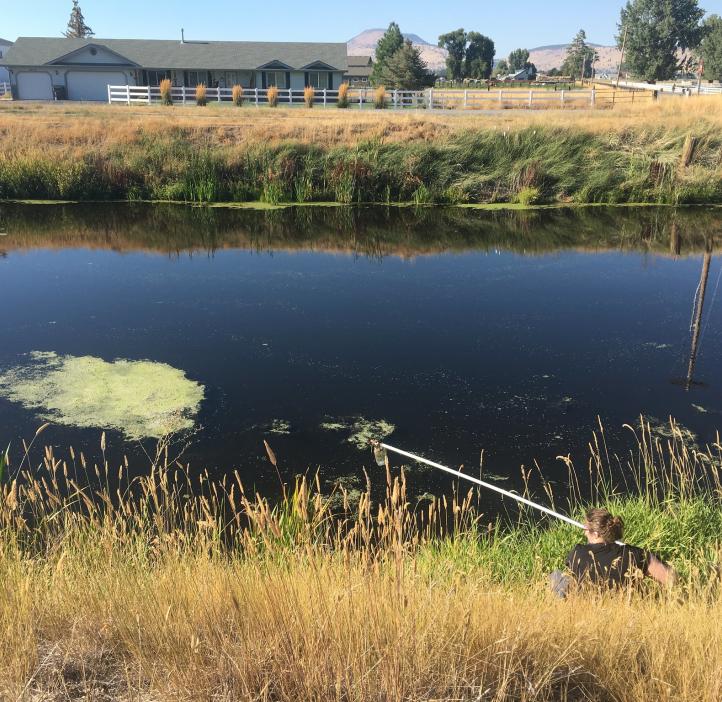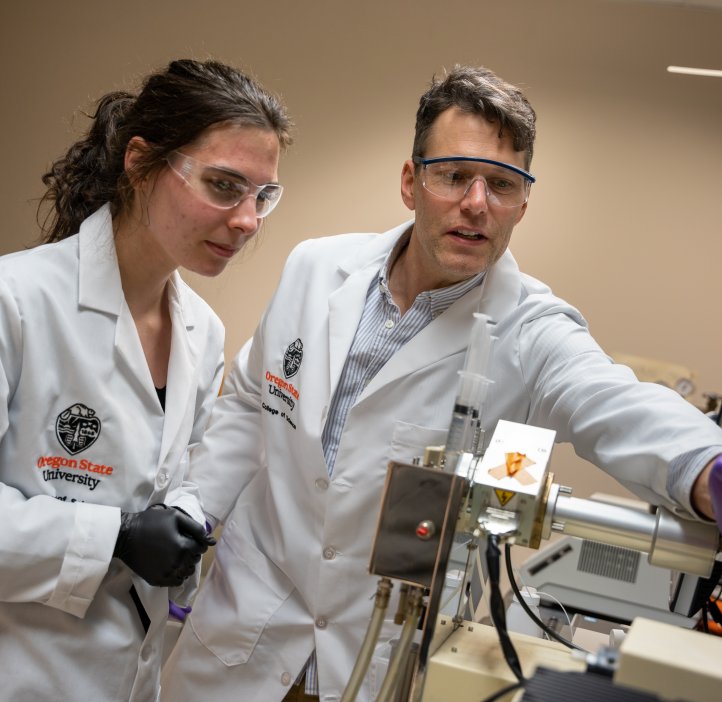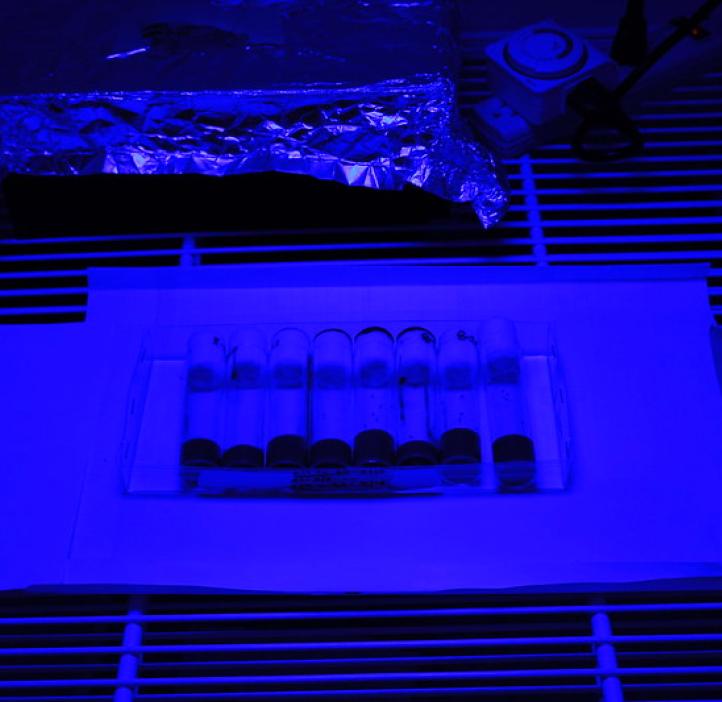Health and biotechnology are core research strengths in the College of Science, with faculty and students working across seven departments, multiple colleges and OSU research centers to explore human health and disease. Their interdisciplinary efforts investigate the the roots of disease, uncover the foundations of human health, engineer genetic solutions and model public health interventions.
As demands in medicine, biotechnology and public health rise, this field continues to expand, driving innovation and delivering breakthroughs that benefit people and communities around the world.
Health and Biotechnology
Advancing human and animal health
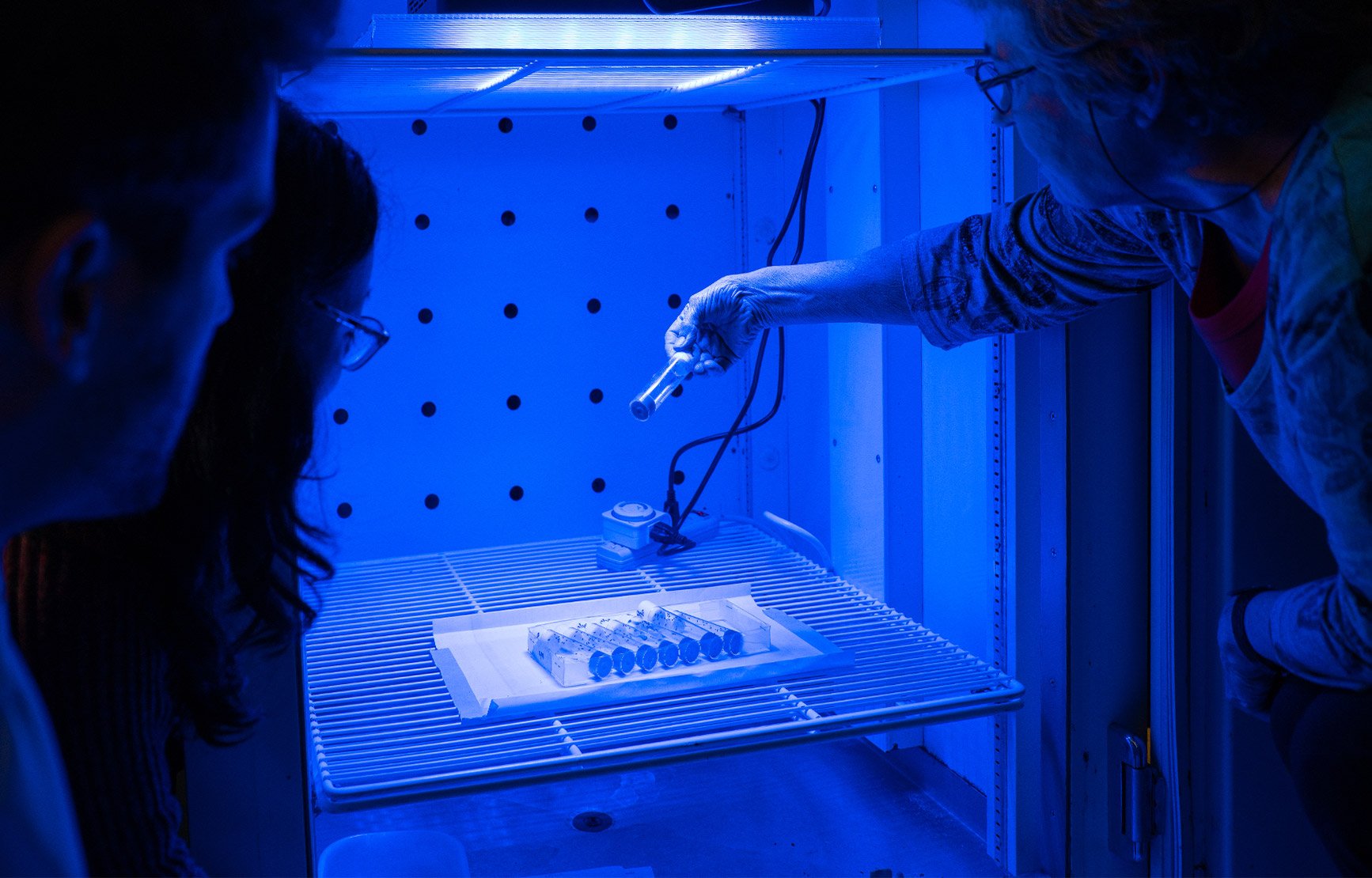
The Jaga Giebultowicz lab discovered the damaging effects of daily, lifelong exposure to the blue light emanating from phones, computers and household fixtures by studying the impact on fruit flies.
"Our goal of a healthier world relies on foundational discoveries that enable innovative therapies and revolutionize healthcare."
Elisar Barbar
Department Head, Department of Biochemistry and BiophysicsLeaders in health and biotech discovery

Using synthetic biology to expand the frontiers of medical technology
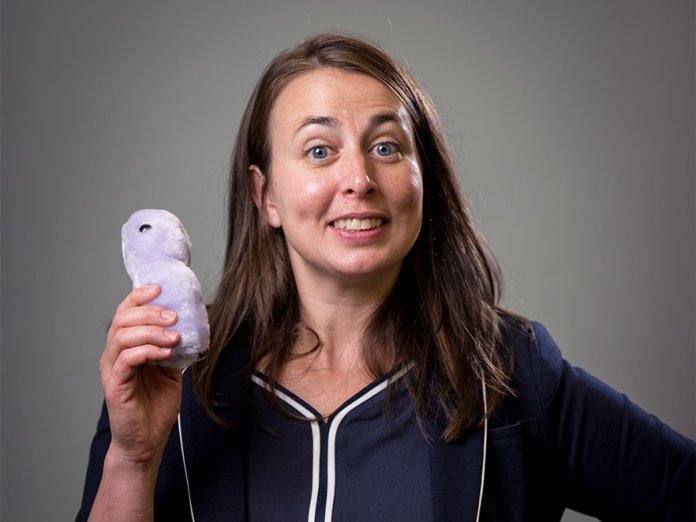
Decoding the microbiome’s role in human health
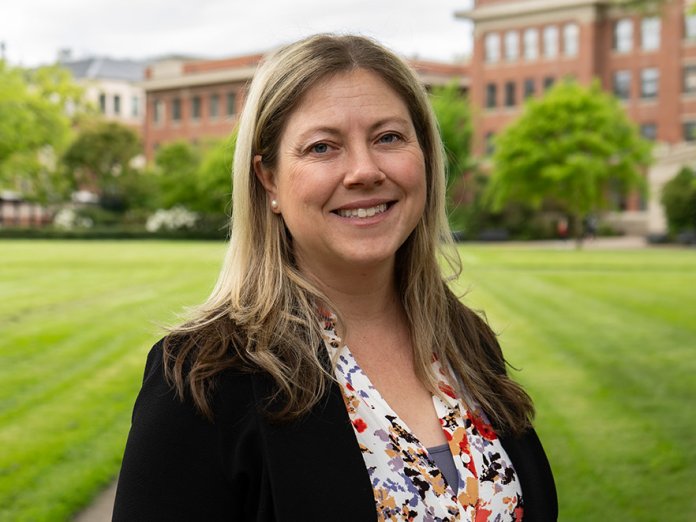
Identifying the genetic roots of aging through evolution

Using data-driven models to combat infectious diseases

Unraveling links between toxins and disease

Targeting the signals that help cancer grow

Modeling disease spread to prepare for future pandemics

Revealing blue light’s impact on aging

Revolutionizing imaging to accelerate drug discovery
Bridging science and society
Driving breakthroughs in biomedical science
Related centers and facilities
- John L. Fryer Aquatic Animal Health Laboratory
The 9,000 square foot Aquatic Animal Health Laboratory supports the research of aquatic animal investigators across the state and nation by providing infrastructure and amenities, as well as technical, compliance and study design expertise from our experienced staff. - GCE4All Research Center
The Genetic Code Expansion for All research center is dedicated to optimizing, disseminating and advancing genetic code expansion techniques. By incorporating non-canonical amino acids into proteins, the center’s work has the potential to revolutionize the fields of biotechnology, drug development and disease treatment. GCE4All fosters collaboration and provides resources to researchers worldwide, promoting the integration of these advanced techniques into a broad range of scientific research. - OSU NMR Facility
Oregon State University’s Nuclear Magnetic Resonance Facility offers cutting-edge technology for researchers in biochemistry, biophysics and materials science to study the structure, dynamics and interactions of complex molecular systems. With its advanced equipment and expert staff, the facility supports a wide range of projects, including drug discovery, protein folding and materials development. - Electrophysiology Facility
Led by neuroscientist Kenton Hokanson, the Electrophysiology Facility offers comprehensive support for electrophysiological experiments to neuroscience-related researchers all across Oregon State University. From our memory to our muscle movements, all human activity depends on the electrical activity of neurons. Electrophysiology is highly sensitive and helps scientists listen to the body’s electrical signals to better understand health, disease and how our cells communicate. - Mass Spectrometry Center
The Mass Spectrometry Center is a pillar in a network of interdisciplinary research at Oregon State that supports and accelerates research in environmental health, biomedical and biological sciences and any research that depends on cutting-edge mass spectrometry. The center is a state and university-wide resource that also trains young professionals in mass spectrometry on the most modern equipment available. Services include analysis of large and small biomolecules, proteins and peptides, biopolymers and synthetic polymers and more. - Pacific Northwest Center for Translational Environmental Health Research
Since 1967, the NIH-funded Center has been at the forefront of community-engaged research on environmental hazards people may be exposed to in their daily lives and what impact these exposures have on human health. The Center provides OSU scientists with an interest in environmental health access to state-of-the-art equipment, training, services and expertise in specific research technologies to measure health impacts and create partnerships to strengthen biomedical research. - Linus Pauling Institute
Founded in 1973, the Linus Pauling Institute promotes optimal human health through cutting-edge research and trusted public outreach. The institute is home to numerous College of Science faculty whose research interests include basic mechanisms of aging and the causes of metabolic and age-related diseases; extending healthspan through diet, micronutrients, and phytochemicals; and promoting healthy living and aging principles to the public.
Health and biotechnology innovations and spinouts
What’s the deal with all these fruit flies?
Fruit flies (Drosophila melanogaster) may be small, but they play a big role in biological research. They’re inexpensive, easy to care for and reproduce quickly. But what really sets them apart is their genetics – about 60% of fruit fly genes have counterparts in the human genome, making them ideal for studying how genes work, how traits are passed down and how mutations can lead to changes in development, behavior or disease, according to a landmark study published in 2000. Their fully mapped genome gives researchers a reliable tool for tackling complex questions. Importantly, fruit flies also give our students more access to hands-on, meaningful research — connecting what they learn in the classroom with discovery in health and biotechnology.
Feeling inspired?
Oregon State University is the place to prepare for your future STEM career — a place to learn science by doing science. Graduates have gone on to careers in private medical practice, biotech development and beyond, thanks to innovative hands-on learning and unrivaled undergraduate research opportunities (more than any other university in Oregon). Explore genetic code expansion, the human microbiome, disease mechanisms and much more on your way to a career in health, medicine or biotechnology.
